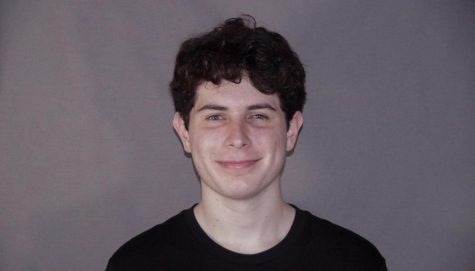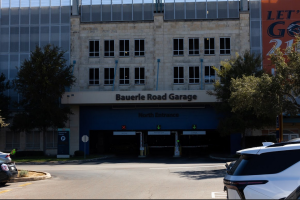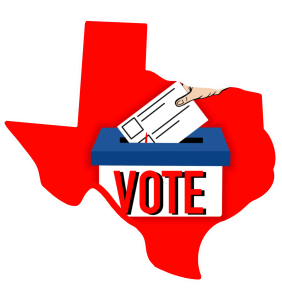The Line, Saudi Arabia: utopia or dystopia?
February 14, 2023
Imagine a city that runs on 100% renewable energy, a city where cars are not needed because everything you need is at your fingertips, merely five minutes away from your front door. Imagine futuristic architecture and technology, a “world-class quality of life.” Welcome to The Line, located in Saudi Arabia’s utopian dream city, Neom.
The Line is to run 170 kilometers long and 200 meters wide, 500 meters above sea level, eventually meant to accommodate nine million citizens. This region will be confined between two long mirrored walls, with its communities sorted into three dimensions. Homes, schools, offices and parks are to be layered on top of one another, making these amenities all within a five-minute walking distance from each other. With a concept so earth-shattering, there has been a variety of reactions from the public. Many see it as an unlikely reality, many see it as a bright new future, while others see it as a dystopian nightmare.
Although this project’s infrastructure, architecture and vision are impressive, many worry about what such a futuristic place would be like in terms of surveillance. Because of the technological advancements, The Line would bring, it is expected to see huge steps forward in surveillance, which many believe is cause for concern. Although surveillance is useful for improving security and safety, it can also be used as an invasion of privacy. We already experience this today, and it is not hard to imagine how severe it would be in a place like this. It is especially frightening to imagine this in a country with stringent laws, such as Saudi Arabia, where homosexuality is outlawed and women’s rights are extremely limited.
Aside from the anxiety The Line causes in terms of dystopia, there is an even darker side to the project many people are failing to see. There has been controversy surrounding the creation of the city of Neom. Construction for The Line has already begun; however, the land on which The Line is being built is currently home to many, including members of the ancient Huwaitat tribe. Alleged arrests, harassment and abductions were initiated by Saudi security forces after members protested relocation. One man was even killed after posting videos alerting the public about how he and other tribe members were being evicted from their homes for a project called Neom. Despite the tribe’s efforts to protest the construction of Neom and The Line, two towns were ultimately cleared and approximately 20,000 members of the Huwaitat tribe were forced to move and relocate for this project to commence construction. The Line is supposed to be a “revolution that puts humans first,” yet the Huwaitat tribe has gained nothing but suffering from the project.
On the surface, The Line seems alluring; it’s a dream-like place where everything functions better. There will be no streets, no cars and no pollution. It seems like it will be a beautiful place where human needs will be prioritized over everything else. The idea is there — an advanced space with efficient infrastructure — but at what cost? Our cities need improvement as transit, homelessness and pollution continue to be a problem in most countries, and The Line and the city of Neom do bring about good ideas on how to improve infrastructure development in our cities; however, the reality of this project is disheartening. If countries want to start creating places for a bright future, we need to truly put people at the forefront with ideas like these, and we need to avoid investing money into corrupt projects such as The Line.
The name “Neom,” derives from two words. “Neo,” the Ancient Greek prefix meaning “new,” and “m,” the first letter of “Mustaqbal,” an Arabic word for “future.” If The Line and Neom represent the future, what does this say about the direction we are headed in? Homes and land ripped away from people, a protester dead, a controlled government, all for The Line, all for Neom. Is this “new future” the one we truly dream of?








